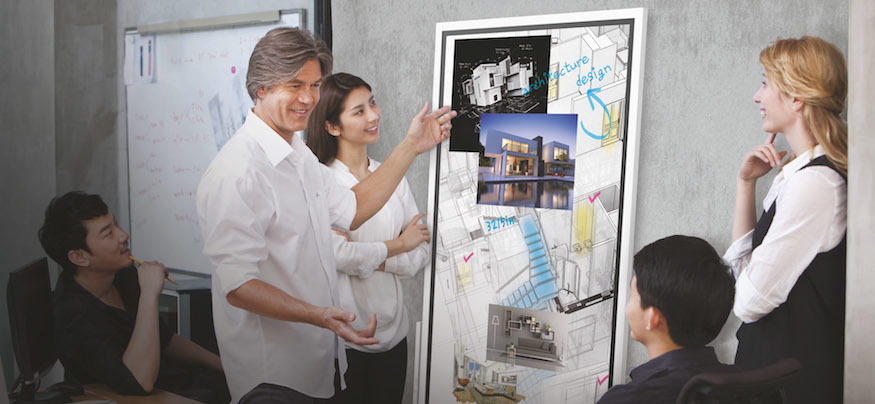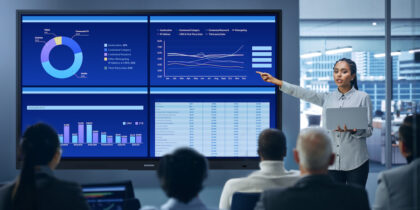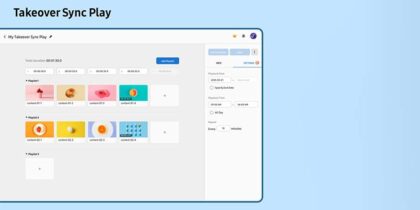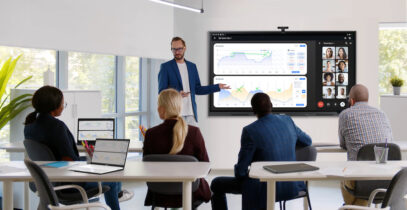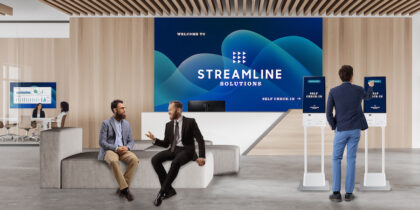Anyone taking a picture of illegible notes on a meeting room whiteboard is inevitably thinking: “There’s got to be a better way.”
There is indeed. Modern conference room technology offers practical, contemporary answers to the clunky, frustrating issues faced by just about any organization that schedules and runs meetings.
Big, bright interactive screens, cloud-based services and collaboration solutions all directly solve the pain points that come up in workspaces of all sizes — from Fortune 500s to startups.
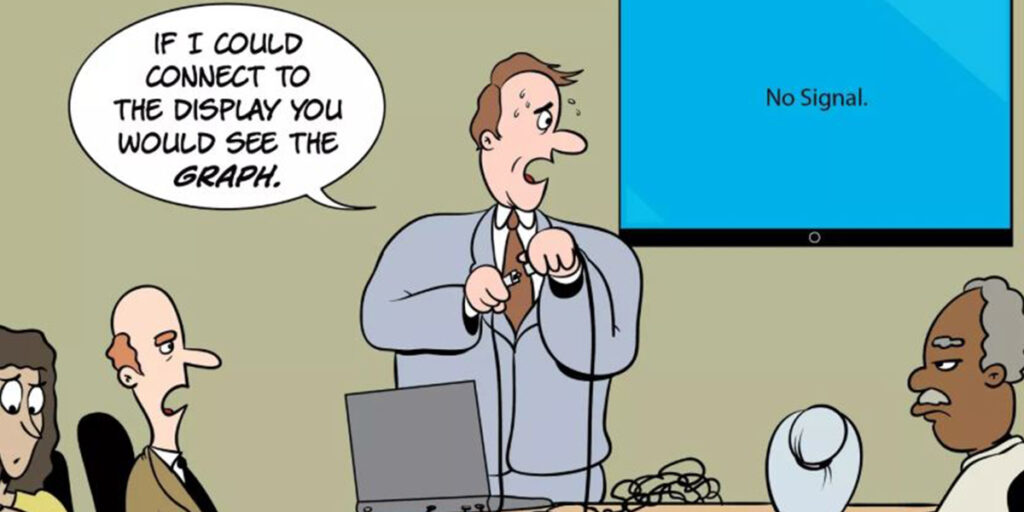
Here’s a look at what’s in and what’s out when it comes to the latest meeting room solutions:
Out: Handwritten notes scrawled on whiteboards. Often, people are stuck wondering if someone took a photo and if they’ll be transcribed at some point for additional reference.
In: Instead of “DON’T ERASE!” notes, interactive e-boards capture and save everything on the local network to share via email or USB drives.
Out: Meeting notes on flipped-over sheets. They make you wonder: Are they important? Who do they belong to? What should be done with them?
In: The new Samsung Flip is a totally modern, fully digital take on flipcharts. You can replace paper pads with a multi-touch screen, adding multimedia and enabling any work to be easily captured, saved and shared via email or USB.
Out: Disputes in meeting space doorways, with different parties debating who booked the room, and trying to sort out when it will become available.
In: Digital screens at meeting room entrances, with color-coding indicating their availability, who has the space and showing specific timeframes. Larger screens in central areas can serve as directories, helping employees navigate scheduling. Most of these systems integrate and work seamlessly with calendar systems used in business environments, making it easy to locate rooms.
Out: Remote workers with cameras that can’t see everyone in the room, people cramming themselves to fit in front of the camera, and audio systems require everyone to repeat themselves and raise their voices.
The Ultimate Guide to Conference Room Technology
Download this guide to effectively plan your next meeting room technology upgrade. Download Now
In: A wide-angle camera with a 100-degree field of view means that everyone in the room can be seen, including those sitting close to the display. Instead of tinny speakers, huddle room soundbars like HARMAN’s Acendo Vibe use premium JBL speakers and microphones so no one’s straining to hear the discussion.
Out: Presenters needing to close blinds and dim lights so meeting participants can actually see the presentations on projection screens.
In: Fine pixel pitch LED video walls that are bright enough to run presentations in sun-filled rooms, with HD-grade resolution that show crisp text and visuals.
Out: Large board rooms occupied by disproportionately small groups, because that’s where all the remote meeting and conferencing technology is installed.
In: Right-sized huddle rooms with bundled collaboration solutions — including wide-angle cameras and professional quality sound — that allow seamless remote meetings, file-sharing and idea generation.
These innovative conference room technologies reflect a changing workforce and current workplace design trends. Instead of formal, scheduled meetings, employees are switching to more impromptu gatherings in huddle spaces. The office space has also evolved from cubicles to open plan or even remote staff networks, which require strong digital collaboration and conferencing tools.
However, the biggest shift is having office technologies be intuitive and ready to use, without training. Now, instead of spending time taking photos, detangling wires or redialing into calls, you’ll be able to quickly get connected — and have productive meetings right from the start.
Learn how the Samsung Flip can help you ease the meeting room madness.
